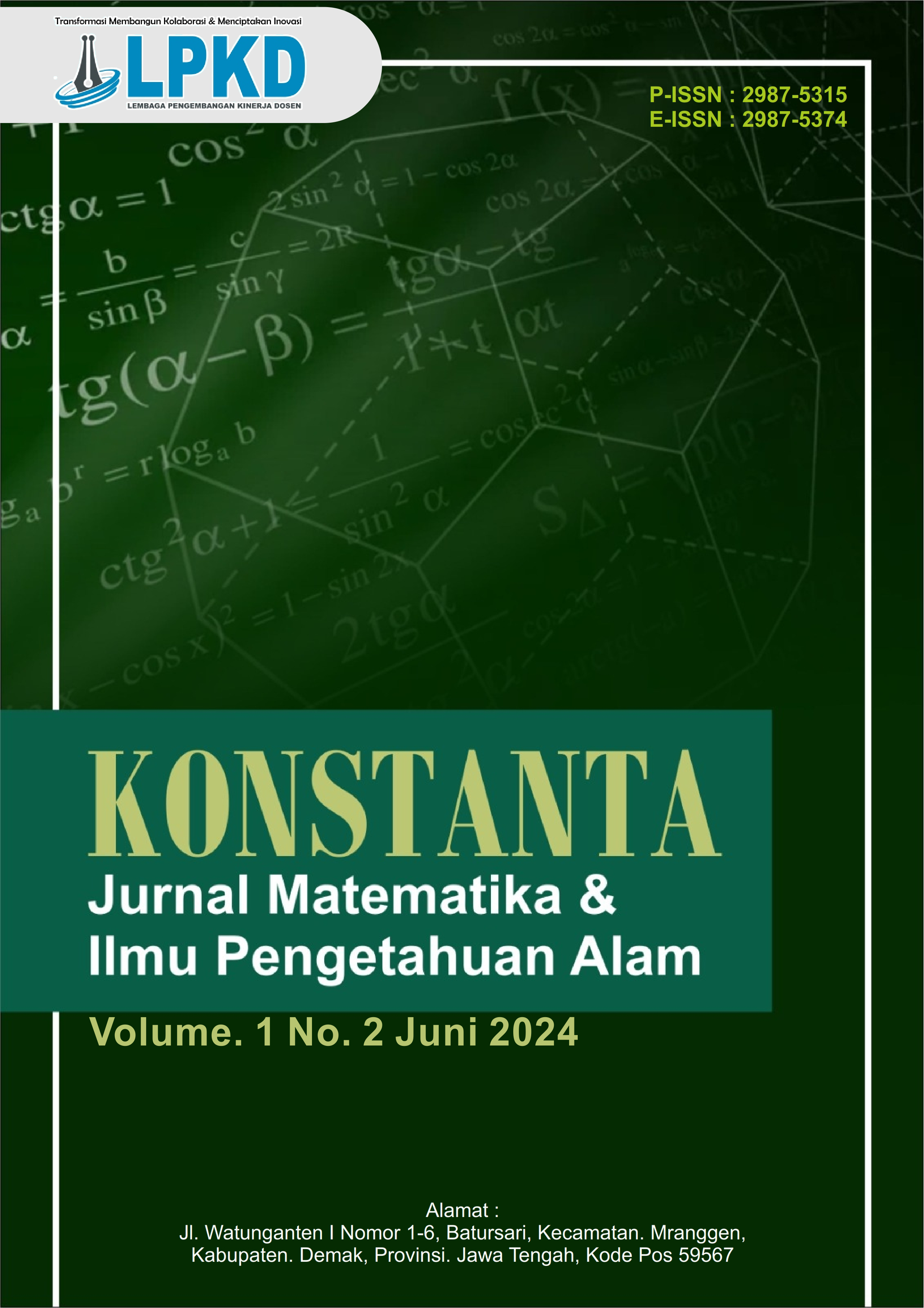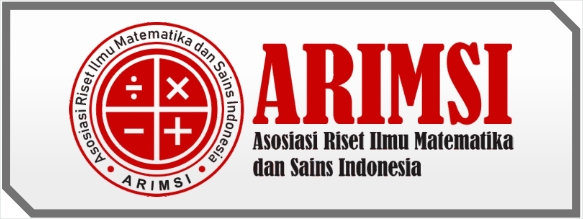Analysis Of Utilization Of Information Technology In Learning Mathematics
DOI:
https://doi.org/10.59581/konstanta-widyakarya.v1i2.676Keywords:
SWOT Analysis, Information Technology, Mathematics LearningAbstract
This research aims to determine the utilization of information technology in mathematics learning in Class VIII of SMP Negeri 1 Parigi Selatan. This is a case study that describes an actual situation. In collecting data, the researcher used data collection procedures through interviews with informants, who, in this case, were students, as the source of data and information. Qualitative data analysis in this research uses the SWOT analysis method, which systematically identifies various factors to formulate company strategies. This analysis is based on the logic that can maximize strengths and opportunities while minimizing weaknesses and threats. Then, identify the types of errors and conclude. From the strengths perspective, the results indicate that implementing online learning allows learning resources to be easily accessed online. From the perspective of weaknesses, an unstable internet connection affects students' focus on learning and teaching. From the perspective of opportunities, online learning enhances students' self-learning skills and provides new insights into technology and learning. Finally, from the perspective of threats, students' learning motivation decreases.
References
Christmastianto, I. A. (2017). Analisis SWOT Implementasi Teknologi Finansial Terhadap Kualitas Layanan Perbankan di Indonesia. Jurnal Ekonomi dan Bisnis, 20(1), 133-144.
Fatimah, F. N. (2016). Teknik Analisis SWOT: Pedoman Menyusun Strategi yang Efektif & Efisien serta Cara Mengelola Kekuatan dan Ancaman. Yogyakarta: Quadrant.
Fuadi, T. M., Musriandi, R., & Suryani, L. (2020). COVID-19: Penerapan Pembelajaran Daring di Perguruan Tinggi. Jurnal Dedikasi Pendidikan, 4(2), 193-200.
Handarini, O. I., & Wulandari, S. S. (2020). Pembelajaran Daring Sebagai Upaya Study From Home (SFH) Selama Pandemi Covid 19. Jurnal Pendidikan Administrasi Perkantoran (JPAP), 8(3), 496-503.
Hayati, S. (2017). BELAJAR dan PEMBELAJARAN BERBASIS PEMBELAJARAN KOOPERATIF. Graha Cendika.
Lurdes Martins, M. D. (2015). How to Effectively Integrate Technology in the Foreign Language Classroom for Learning and Collaboration. Procedia - Social and Behavioral Sciences, 174, 77-84.
Nurhasanah, S., & Sobandi, A. (2016). Minat Belajar Sebagai Determinan Hasil Belajar Siswa. I(1), 128-135.
Maharani, a. (2020). Comutational Thinking Dalam Pembelajaran Matematatika Era Society 5 .0. Euclid, (7(2), 86-96
Rukajat, A. (2018). Pendekatan Peneitian Kualitatif. Yogyakarta: Deep Publish.
Salamah, Z. H. (2020). Pembelajaran Online Berbasis Media Google Formulir Dalam Tanggap Work From Home masa Pandemi Covid-19 Di Madrarasah Ibtidahyah Negeri (Min) 1 Paser. Jurnal Of Islamic Education, 8
Sidiq, U., & Choiri, M.M. (2019). Metode Penelitian Kualitatif di Bidang pendidikan. Ponegoro: Nata Karya.
Silalahi, S. P. (2015). Penerapan SWOT Sebagai Dasar Penentuan Strategi Pemasaran Pada PT. Bank Rakyat Indonesia TBK, Kabanjahe. Jurnal Ilmiah Methonomi, 1(2), 1-17.
Sugiyono. (2015). Metode Penelitian Kombinasi (Mix Methods). Alfabeta
Susilawati, I. M., & Harun, M. (2017). Analisis SWOT Sebagai Dasar Strategi Branding Pada Madrasah Ibtidaiyah Alhidayah, Cireunde, Ciputat. Tarbawi: Jurnal Keilmuan Manajemen Pendidikan, 3(01), 111-128.













